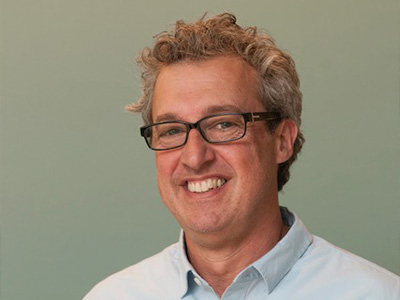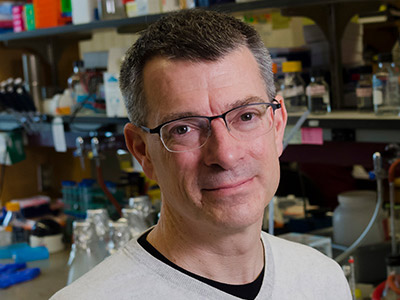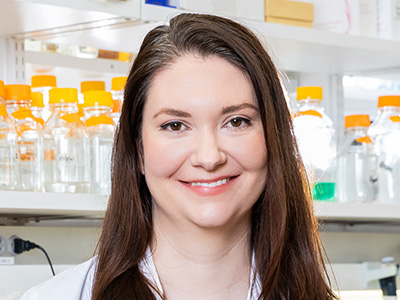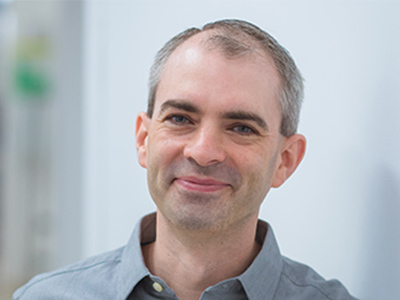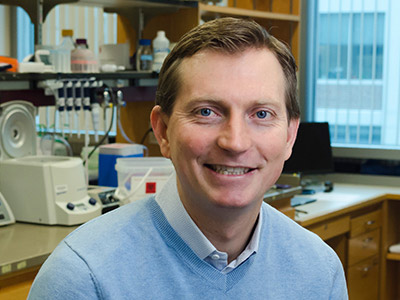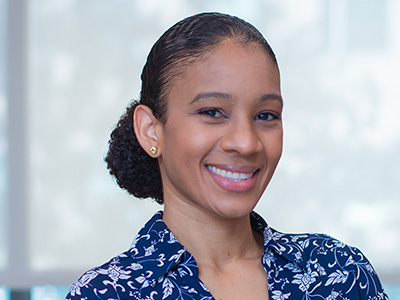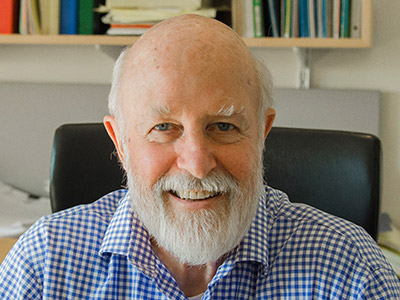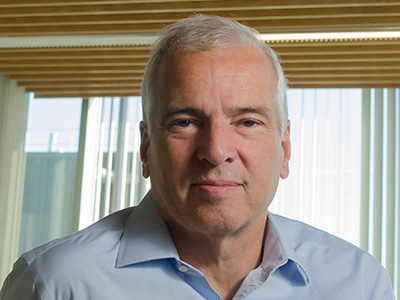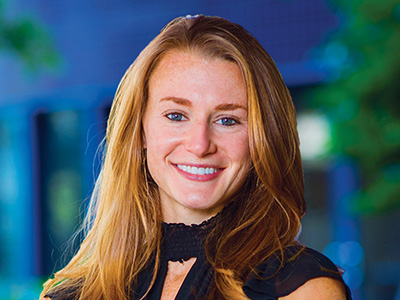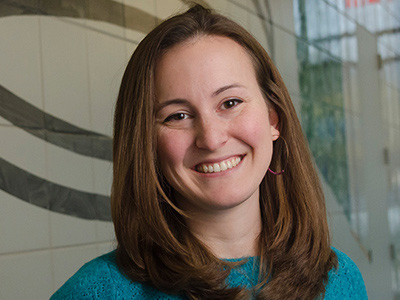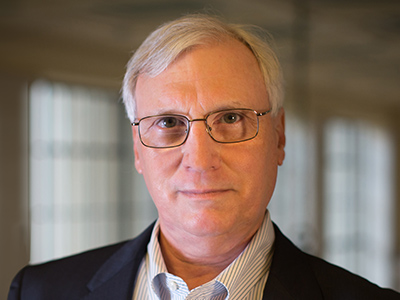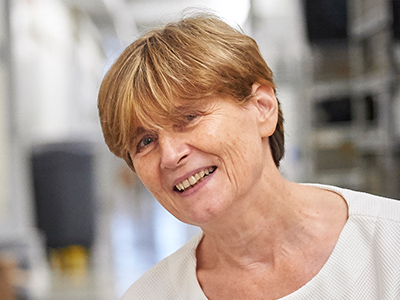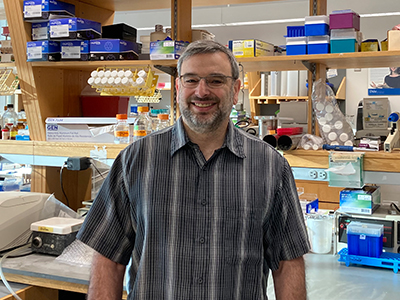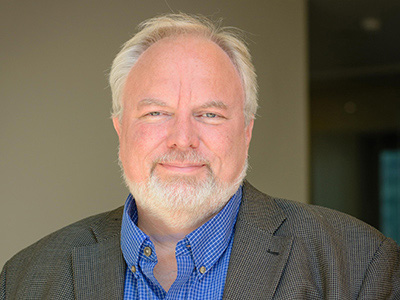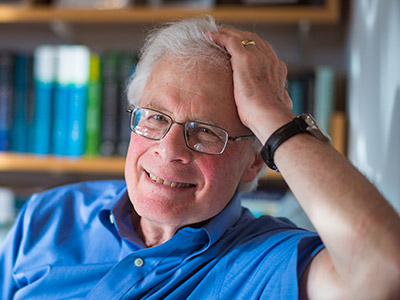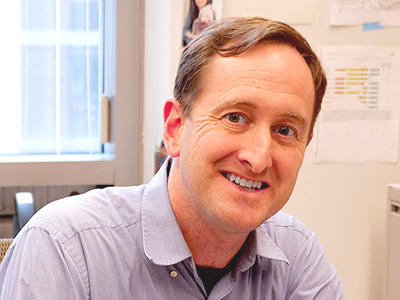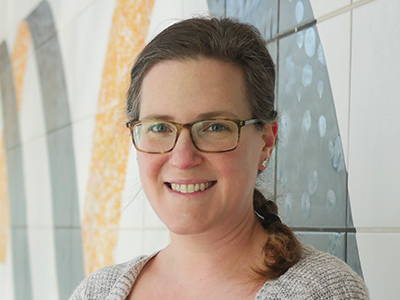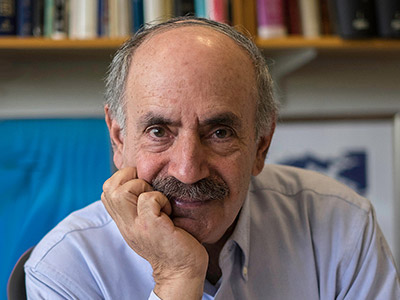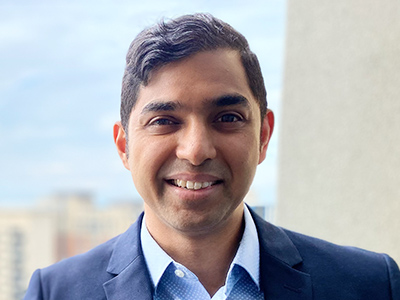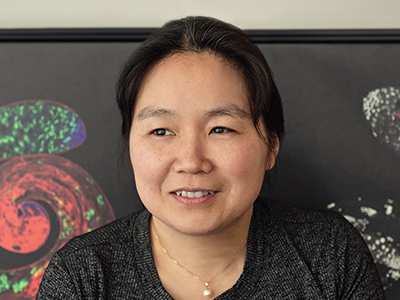Facundo Batista studies fundamental lymphocyte biology to drive the development of the next generation of vaccines and therapeutics.
Stephen Bell probes the cellular machinery that replicates and maintains animal cell chromosomes.
Lindsay Case studies how molecules are concentrated and organized at the plasma membrane to regulate transmembrane signaling.
Iain M. Cheeseman
Associate Dept. Head
Iain Cheeseman analyzes the process by which cells duplicate, focusing on how the molecular machinery that segregates the chromosomes is rewired across diverse physiological contexts.
Joey Davis investigates how cells maintain a delicate internal balance of assembling and dismantling their own machinery — in particular, assemblages of many molecules known as macromolecular complexes.
Alan Grossman studies mechanisms and regulation of DNA replication, gene expression, and horizontal gene transfer in bacteria.
Whitney Henry studies ferroptosis in human health and disease with a focus on cancer.
Siniša Hrvatin studies states of stasis, such as mammalian torpor and hibernation, as a means to harness the potential of these biological adaptations to advance medicine.
Richard O. Hynes investigates the network of proteins surrounding cells to understand its roles in the spread of cancer throughout the body.
Ankur Jain investigates the role of RNA self-assembly in cellular organization and neurodegenerative disease.
Before closing his lab, Chris A. Kaiser analyzed protein folding and trafficking in cells.
Kristin Knouse seeks to understand and modulate organ injury and repair by innovating tools for experimentation directly within living organisms.
Sally Kornbluth
President of MIT
Sally Kornbluth is President of MIT.
Monty Krieger studies cell surface receptors and cholesterol and their impact on normal physiology and diseases, such as heart disease and infertility.
Rebecca Lamason investigates what happens when cellular functions are hijacked by unwanted interlopers: namely, the bacteria that engender diseases like spotted fever and meningitis.
Douglas Lauffenburger fosters the interface of bioengineering, quantitative cell biology, and systems biology to determine fundamental aspects of cell dysregulation — identifying and testing new therapeutic ideas.
Ruth Lehmann studies the biological origins of germ cells, and how they transmit the potential to build a completely new organism to their offspring.
Daniel Lew uses fungal model systems to ask how cells orient their activities in space, including oriented growth, cell wall remodeling, and organelle segregation.
Troy Littleton is interested in how neuronal connections form and function, and how neurological disease disrupts synaptic communication.
Before closing his lab, Harvey F. Lodish studied the development of red blood cells and the use of modified red cells for the introduction of novel therapeutics into the human body, as well as the development of brown and white fat cells.
Sebastian Lourido exposes parasite vulnerabilities and harnesses them to treat infectious disease.
Adam C. Martin
Co-Undergrad Officer
Adam C. Martin studies molecular mechanisms that underlie tissue form and function.
Hernandez Moura Silva seeks to understand how the immune system supports tissue physiology to unveil new approaches to treat human diseases.
Elly Nedivi studies the mechanisms underlying brain circuit plasticity — characterizing the genes and proteins involved, as well as visualizing synaptic and neuronal remodeling in the living mouse brain.
Sara Prescott investigates how sensory inputs from within the body control mammalian physiology and behavior.
Alison E. Ringel seeks to understand the molecular adaptations that enable immune cells to function and survive within unfavorable environments.
Thomas U. Schwartz investigates communication across biological membranes, using structural, biochemical, and genetic tools.
Phillip A. Sharp
Professor Emeritus
Before closing his lab, Phillip A. Sharp studied many aspects of gene expression in mammalian cells, including transcription, the roles of non-coding RNAs, and RNA splicing.
Matthew Vander Heiden is interested in the role that cell metabolism plays in mammalian physiology, with a focus on cancer.
Robert A. Weinberg studies how cancer spreads, what gives cancer stem-cells their unique qualities, and the molecular players involved in the formation of cancer stem cells and metastases.
Jonathan Weissman investigates how proteins fold into their correct shape and how misfolding impacts disease and normal physiology, while building innovative tools for exploring the organizational principles of biological systems.
Harikesh S. Wong studies how cells assemble and communicate to control immune responses in tissues.
Yukiko Yamashita studies two fundamental aspects of multicellular organisms: how cell fates are diversified via asymmetric cell division, and how genetic information is transmitted through generations via the germline.

